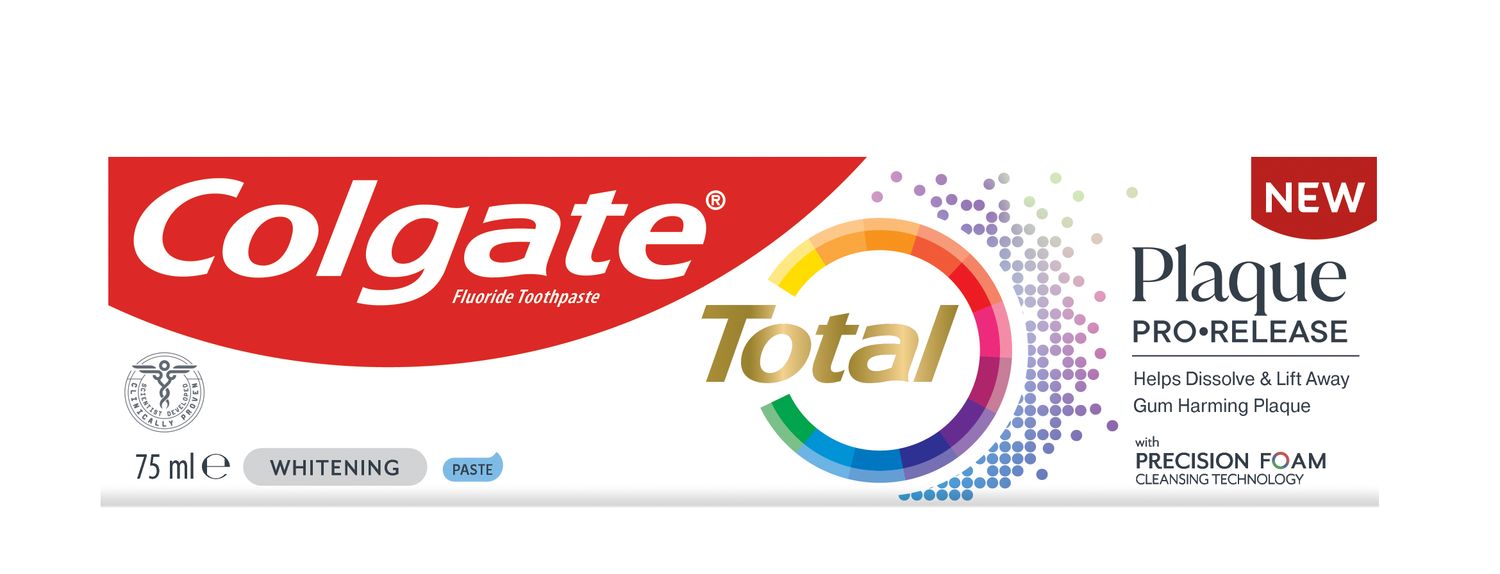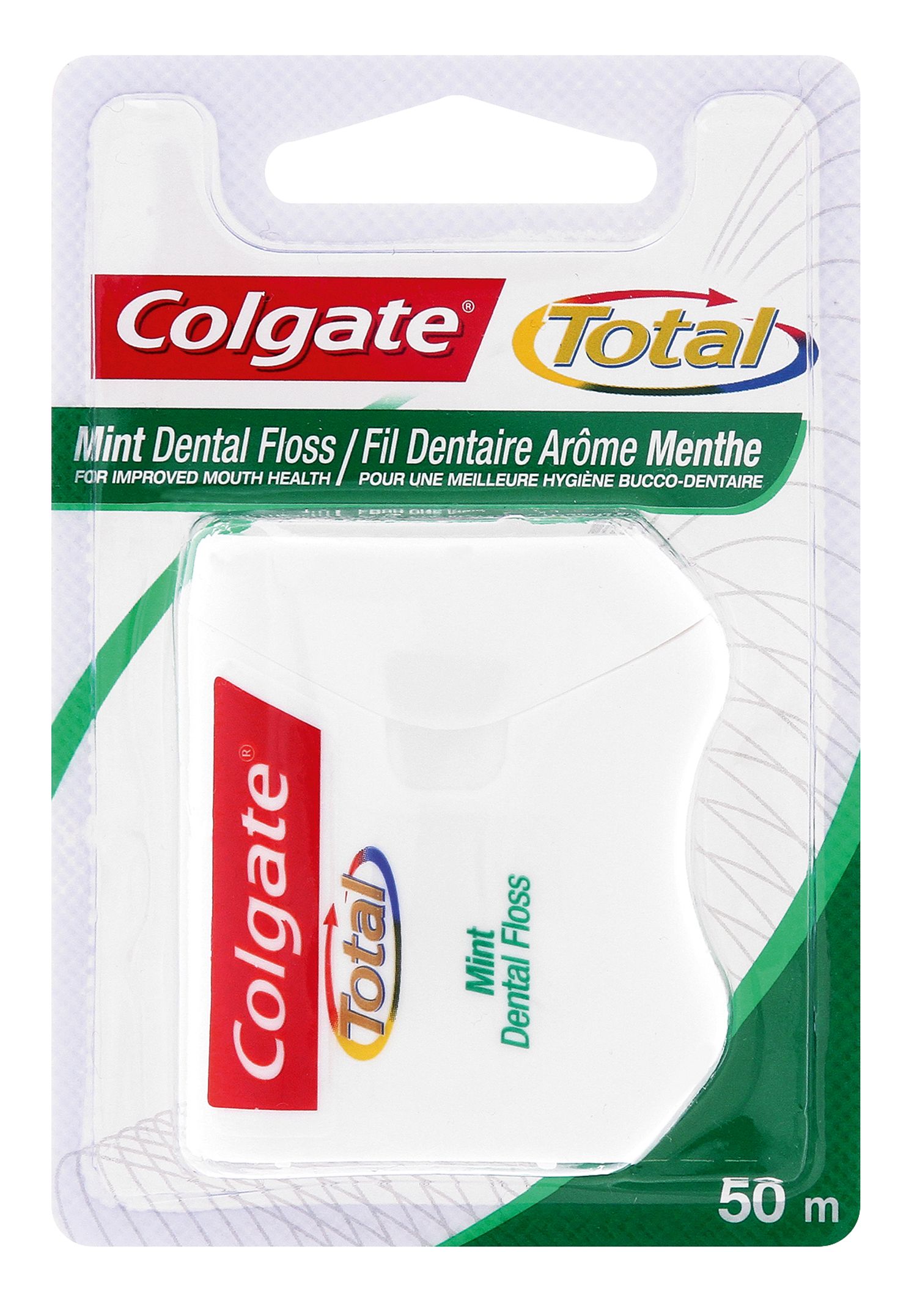-
-

CAVITIES
Can You Heal A Cavity At Home?You feel a sharp pain when you bite down or try to eat. You think it's a cavity, but you're not 100 percent sure...

BAD BREATH
How To Cure Bad BreathMore commonly known as bad breath, halitosis is an embarrassing hygiene issue that nobody wants, but some of us get every now and then...
-
Science & Innovation
- Colgate® | Toothpaste, Toothbrushes & Oral Care Resources
- Oral Health
- Are Your Teeth Bleeding? No, Your Gums Are
.png)
.png)
When you think you see your teeth bleeding, your gums are usually the real source of the problem. Several causes can contribute to your gums bleeding, including a sudden impact when you fall down or your tooth, or your gums are impacted by an injury. But if your gums bleed when you have not bumped them, there may be cause for concern. When gums are bleeding
Fast Relief
When you first notice your gums bleeding, grab a washcloth or gauze square and soak it in cool water; if your teeth are sensitive to cold, use warm water instead. Wring out the excess water and gently put the cloth or gauze square against the bleeding area on your gums. Although the application of direct pressure can stop bleeding, do not press too hard on your teeth.
If you are experiencing pain along with the bleeding, you may be able to get instant relief by spreading a couple of drops of numbing oral gel along the gumline. Avoid pain relievers such as aspirin, because they can thin the blood and cause your gum bleeding to worsen.
Changes in Your Dental Care Routine
If you have not flossed regularly in the past, your gums could start to bleed between your teeth when you first begin to floss. Also, your gums might bleed if you floss too vigorously. A new toothbrush can also cause minor irritation and bleeding, especially if you opt for one with firm bristles.
If you floss or brush too vigorously, do not just give up the practice — both flossing and brushing are absolutely vital to good dental care. Instead, switch to a soft-bristled toothbrush, and simply use a gentler touch while your gums heal. The bleeding should stop within a few days.
When to Call the Dentist
Gum problems, such as periodontitis, can cause bleeding along the gumline around your teeth. Periodontitis and other gum problems are caused by plaque build-up on and between the teeth. While a dental exam is the safest way to identify these problems, you can look for redness or swelling around the gumline as indicators of a condition.
Careful brushing and flossing will help you to avoid these problems, but if you are already having trouble with sensitive and bleeding gums (not teeth bleeding), you should make an appointment with your dentist as soon as possible to get a professional opinion.
Related Products

Helping dental professionals
More professionals across the world trust Colgate. Find resources, products, and information to give your patients a healthier future











